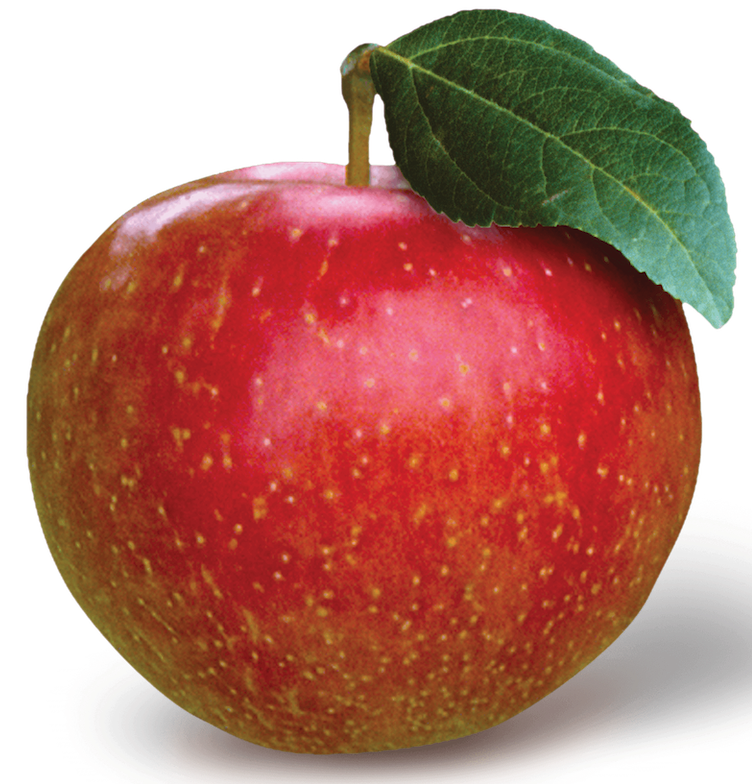The Soil Dilemma: Magnesium vs. Calcium in Your Apple and Pear Orchard
Hey there, orchard owners and fruit tree aficionados! Today we're delving into a vital but often overlooked aspect of soil health: the interplay between magnesium and calcium. Understanding this dynamic is crucial if you're aiming for that bumper crop of apples and pears.
The Nutrient Basics: Meet Magnesium and Calcium
Let's start by introducing the key players in our soil drama. First, we have calcium, which is essential for robust root development and strong cell walls. Think of it as the building blocks for your apple and pear trees.
Calcium Molecule
Next up is magnesium. This nutrient is a core component of chlorophyll, the pigment responsible for the lush green hues in your orchard. In simpler terms, magnesium helps your trees put on their best green suits.
Magnesium Molecule
The Playing Field: Cation Exchange Sites
So where do these nutrients hang out in the soil? Welcome to the world of cation exchange sites. These are microscopic places in your soil where positively charged ions like magnesium and calcium like to attach themselves. It's like a nutrient parking lot, and the number of spaces available is determined by your soil's Cation Exchange Capacity (CEC).
The Competition: Parking Space Dilemma
Now, here's the tricky part. Both magnesium and calcium are positively charged ions with a similar "size." This means they're gunning for the same parking spots. If your soil is magnesium-heavy, it can push out calcium, and vice versa. For apple and pear trees, this competition can be a big deal.
Too much calcium, and you could run into issues with nutrient imbalances that make it harder for trees to absorb other vital nutrients. On the flip side, an excess of magnesium can lead to poor fruit development and even leaf problems.
Orchard Implications: Why Should You Care?
Managing the calcium-magnesium balance in the soil can mean the difference between an abundant harvest and a disappointing one. Apple trees, for example, are susceptible to "bitter pit," a condition caused by calcium deficiency. Pears aren't immune to nutrient imbalances either; they need a well-balanced soil to fend off diseases like fire blight.
Strategies for Balance: Soil Amendments and More
So how can you keep this balance in check for the sake of your apple and pear trees? Well, a soil test is your first line of defense. This test will show you what your soil is rich in and what it’s lacking. If you find that your orchard is becoming a magnesium or calcium hotspot, you can tip the balance back with specific soil amendments.
Adding calcitic lime can help elevate calcium levels, while Epsom salts can do the trick for magnesium. Be cautious, though. Like adding seasoning to a recipe, a little can go a long way. Always follow recommended guidelines, because too much of a good thing can tip your soil's balance into the danger zone.
Conclusion: The Sweet Taste of Success
In the end, understanding the complex dance between magnesium and calcium in your soil is a bit like knowing the secret recipe for the perfect apple pie or pear tart. Get it right, and your trees will reward you with healthy, delicious fruit for years to come. Happy orcharding!


